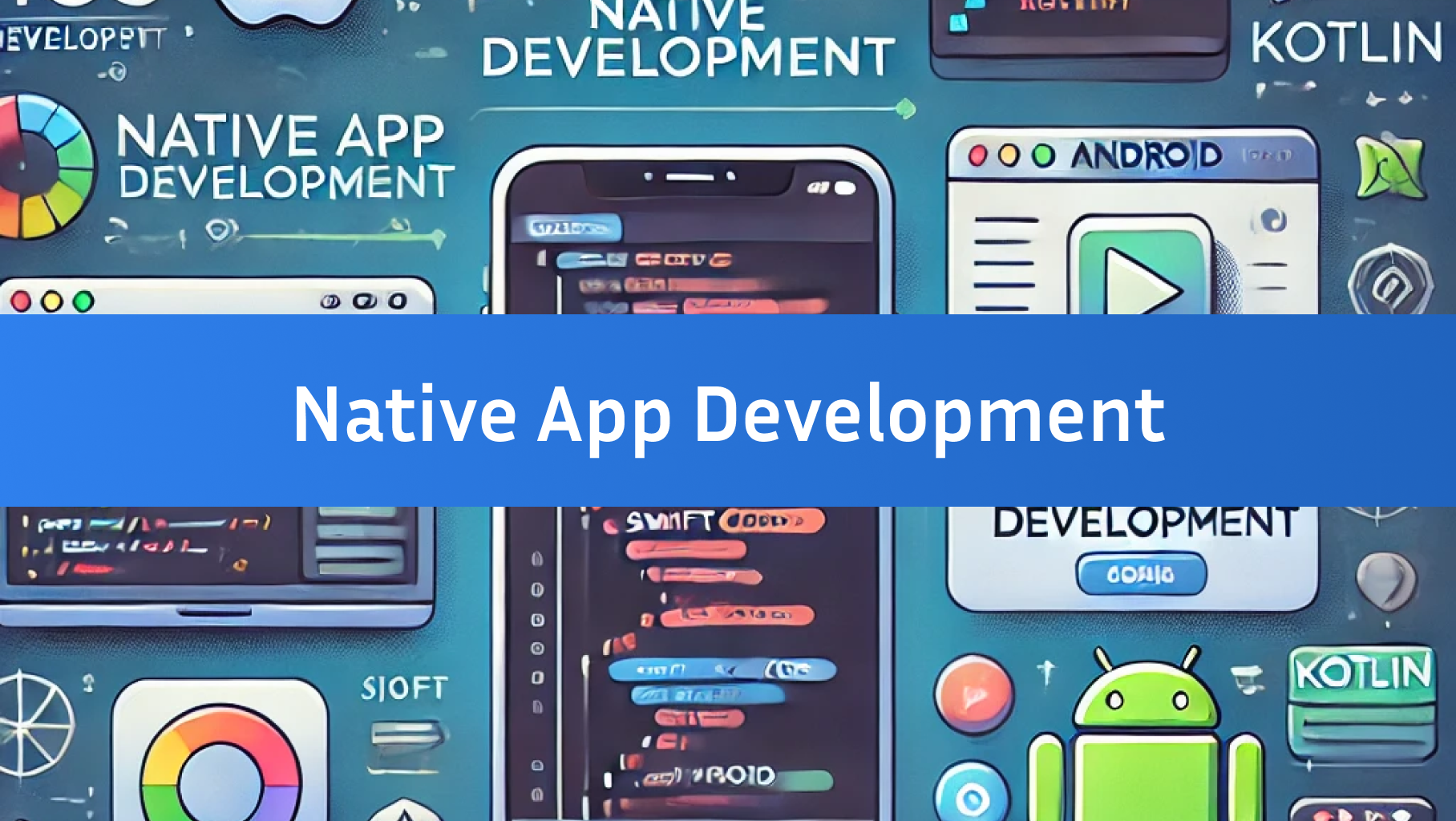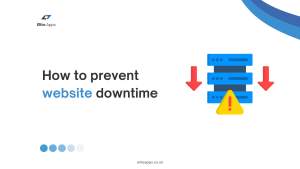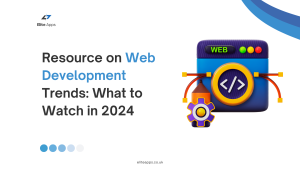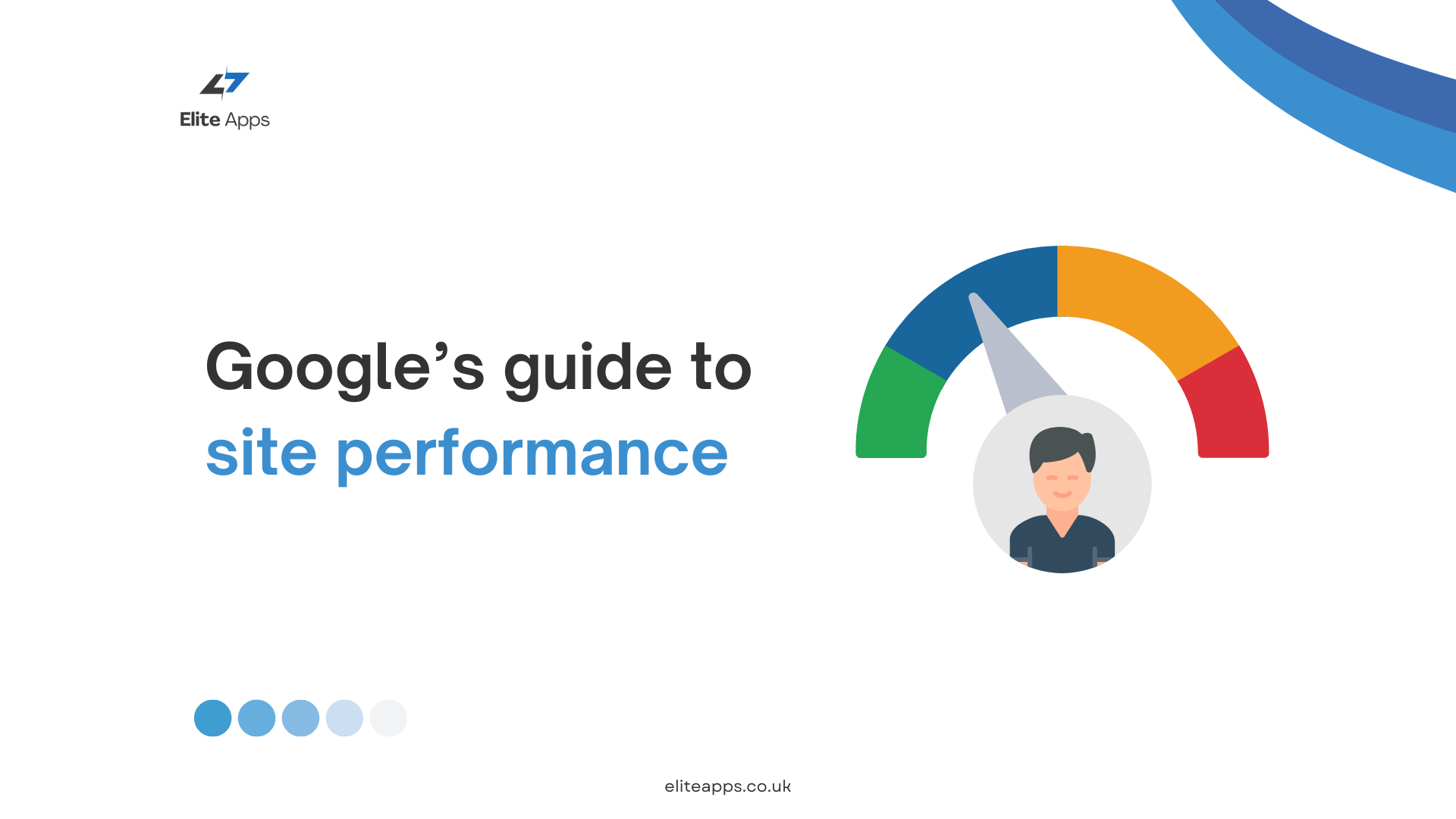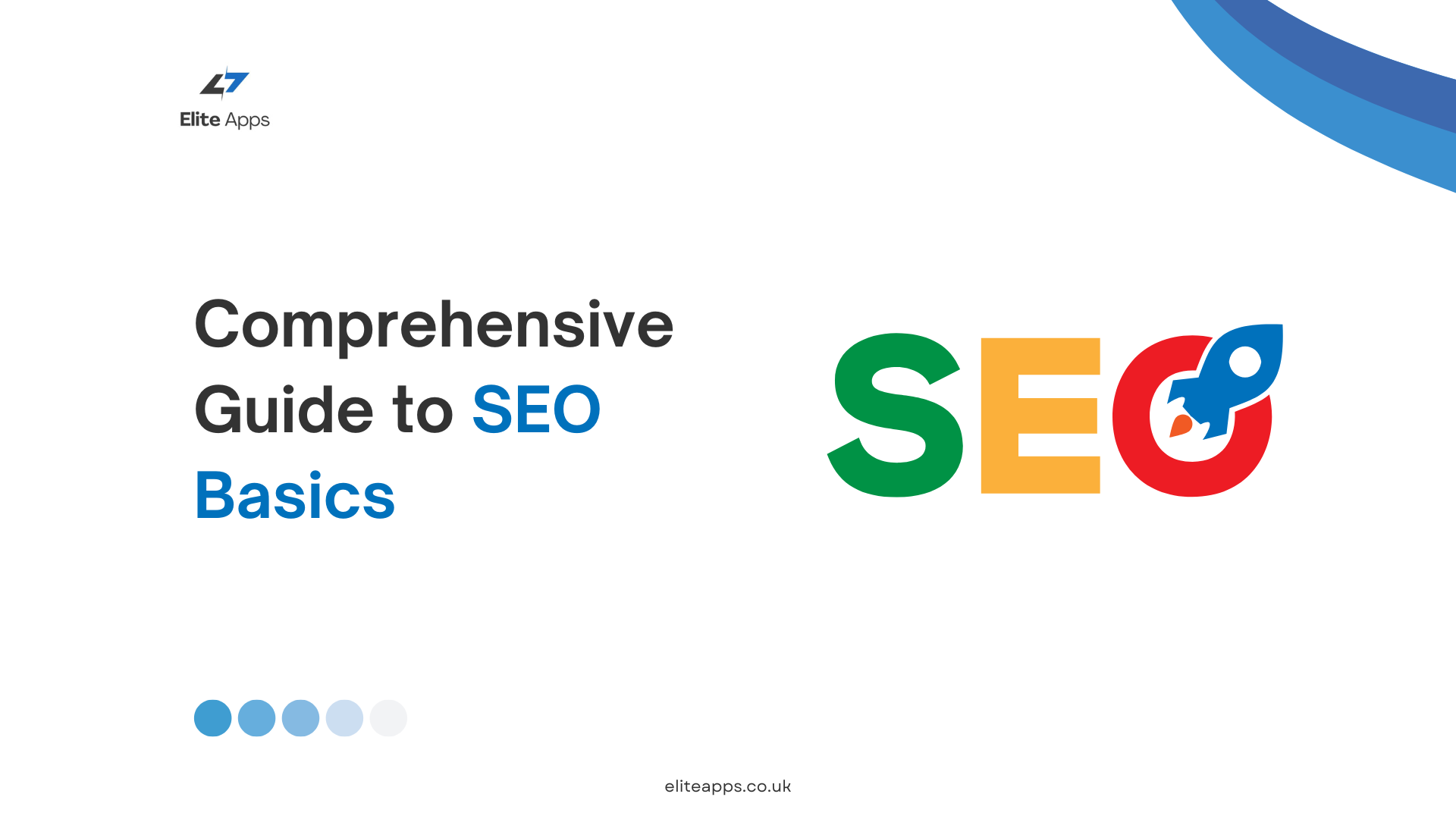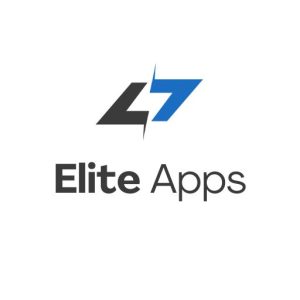In the ever-evolving landscape of mobile technology, businesses and developers often grapple with the choice of how to create their mobile applications. One popular approach is native app development. But what exactly is it, and why should you consider it for your next project? In this blog, we’ll delve into the concept of native app development, its advantages and disadvantages, the technologies involved, and when it’s the best choice for your business.
1. Understanding Native App Development
Native app development refers to the process of creating applications specifically for a particular mobile operating system, such as iOS or Android. Native apps are built using platform-specific programming languages and development tools, allowing them to take full advantage of the device’s features and functionalities.
Key Characteristics of Native Apps
- Platform-Specific: Native apps are developed for a specific platform, meaning that an app built for iOS cannot be run on Android, and vice versa.
- Optimized Performance: Because they are designed for a particular operating system, native apps offer high performance and a smooth user experience.
- Access to Device Features: Native apps can seamlessly access all of the device’s features, including the camera, GPS, microphone, and push notifications, enhancing functionality.
2. Technologies Used in Native App Development
When developing native apps, developers typically use the following programming languages and tools:
- iOS Development:
- Swift: A powerful and intuitive programming language created by Apple for iOS app development. Learn more about Swift.
- Objective-C: An older language still used for some legacy iOS applications. Read more about Objective-C.
- Xcode: Apple’s integrated development environment (IDE) for macOS, used for developing software for iOS. Explore Xcode.
- Android Development:
- Kotlin: A modern programming language that is officially supported by Google for Android development. Learn about Kotlin.
- Java: The traditional programming language for Android apps, still widely used in many applications. Discover more about Java.
- Android Studio: The official IDE for Android app development, offering tools for coding, testing, and debugging. Check out Android Studio.
3. Advantages
Choosing native app development comes with several advantages:
Performance
Native apps typically deliver superior performance. Since they are optimized for the specific platform, they run faster and more smoothly than other types of apps, leading to a better user experience.
User Experience
Native apps adhere to the design guidelines of the platform, ensuring a consistent and intuitive user interface. This familiarity makes it easier for users to navigate and engage with the app.
Access to Device Features
Native apps have full access to device hardware and features, such as the camera, accelerometer, and GPS. This allows developers to create rich, interactive experiences that leverage the full capabilities of the device.
Security
Native apps often offer better security than hybrid or web apps because they are less vulnerable to web-based attacks and can implement platform-specific security features.
4. Disadvantages
Despite its benefits, native app development also has its downsides:
Higher Costs
Developing separate apps for iOS and Android can be costly, as it requires more resources and time. This often leads to higher overall development and maintenance costs.
Longer Development Time
Creating two distinct codebases for iOS and Android means that the development process can take longer compared to hybrid or cross-platform approaches.
Maintenance Challenges
Maintaining two separate codebases can complicate updates and bug fixes, requiring more effort to ensure both apps are consistently improved and supported.
5. When to Choose Native App Development
Native app development is ideal when:
- Performance is Critical: If your app requires high performance, complex graphics, or heavy animations, native development is the way to go.
- You Need Full Access to Device Features: If your app requires deep integration with the device’s hardware and features, such as location services or camera functionality, native is the best choice.
- User Experience is a Priority: If providing a seamless and intuitive user experience is essential, native apps can deliver the best results.
6. Conclusion
Native app development is a powerful approach that can deliver high-performance, feature-rich applications tailored to specific platforms. While it may come with higher costs and longer development times, the advantages of enhanced performance, user experience, and access to device features make it an attractive option for many businesses.
When deciding on the best development approach for your mobile application, consider your specific needs, budget, and goals. Native app development could be the right path to ensure that your app stands out in a crowded marketplace.

